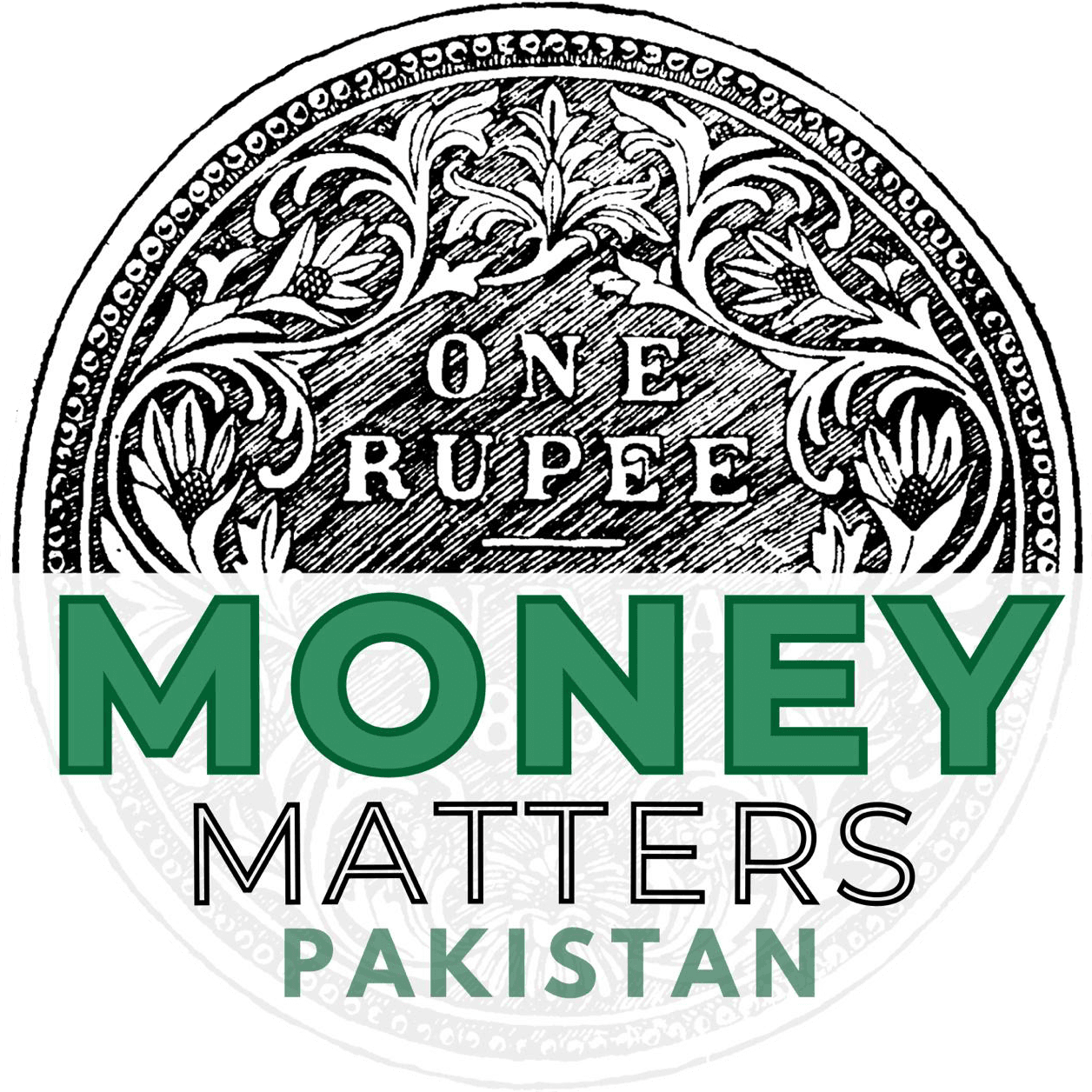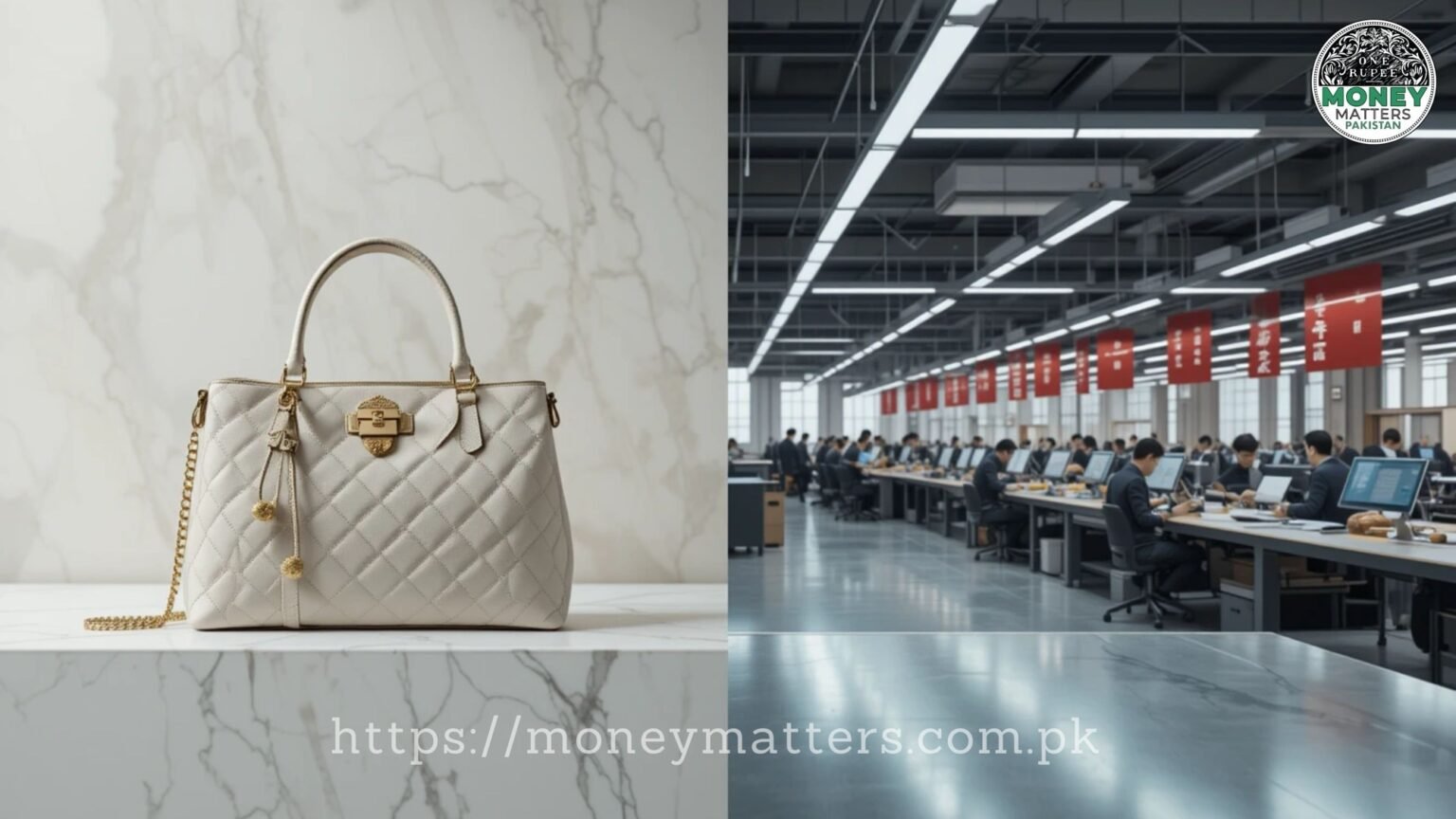Social media trend reveals surprising origins of high-end goods, sparking debate about manufacturing and consumerism.
Key Takeaways:
i) A social media trend indicates that many luxury brands’ products are manufactured in China, causing a stir among consumers.
ii) The trend highlights the complex relationship between Western brands, Chinese manufacturing, and global trade dynamics.
iii) The revelations raise concerns about labor practices and the need for greater transparency in the fashion industry’s supply chains.
Islamabad, Pakistan – April 17, 2025 – A burgeoning trend on social media platforms, spearheaded by Chinese influencers and producers, is bringing to light the manufacturing origins of numerous luxury brands: their products are often “Made in China.” These revelations, while familiar within the fashion industry, have generated significant discussion among consumers, particularly in the United States.
The social media content showcases items such as branded slides, emphasizing the considerable disparity between production costs and retail prices. Some online content has even made claims about the production cost of high-end bags, though it has been clarified that certain prominent brands do not manufacture in China. The trend has initiated discussions regarding tariffs, with some observers suggesting it reflects China’s growing prominence in global manufacturing.
While some consumers associate the label “Made in China” with lower quality, the trend underscores that China possesses the capability to produce high-caliber goods. The issue, it’s suggested, often stems from brands prioritizing cost reduction. The content also advises against direct purchases from Chinese suppliers, advocating instead for the support of local businesses. The manufacturing origins of certain popular brands have also come under scrutiny as part of this trend.
The trend has initiated discussions regarding tariffs, with some observers suggesting it reflects China’s growing prominence in global manufacturing.
Beyond specific brands, the revelations touch upon broader issues within the fashion sector, including potential exploitation of workers in regions with lower labor costs and the imperative for enhanced transparency throughout the intricate supply chain.




